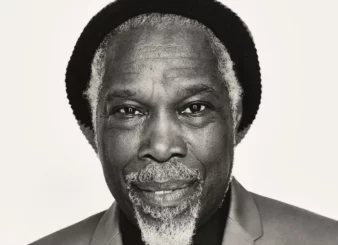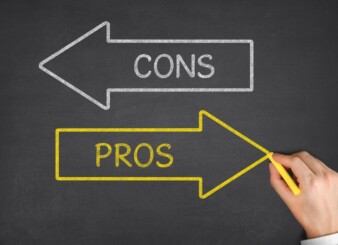In 2011, researchers at Columbia Business School uncovered a link between hunger and parole. So far, so innocuous, right?
Wrong.
In fact, it was discovered that the chances of a prisoner receiving parole were, in effect, directly related to the hunger levels of the judge hearing their case. The hungrier the judge, the lower the prisoner’s chances.
This is just one—particularly worrisome—example of something called unconscious (or hiring) bias, which can and does affect everyone at one point or another.
But what is unconscious bias and how can you work to cut it from your hiring process?
What is Unconscious Bias?
Put simply, unconscious bias is when your internalised preconceptions and judgements affect your rational decision making. This can cause you to take other things (often entirely irrelevant things) like weight, skin colour, marital status, gender, age, and more, into account, when what you should really be considering are things like experience and personality instead.
Here are just a few examples of common hiring bias ‘logic’:
- Affinity: ‘that person also loves craft beer, they must be great!’
- Halo effect: ‘that person went to Oxford, they must be great!’
- Familiarity: ‘that person is just like me, they must be great!’
- Anchoring: ‘that person is paid bucket loads, they must be great!’ (Alternatively, ‘that person is paid pittance, they must be rubbish.’)
As you can imagine, unconscious bias can be especially problematic for hiring managers, who are tasked with making value judgments on a daily basis.
And when you consider the cross-section of people typically affected by unconscious bias—like women, people of colour, and disabled people—it’s easy to see how unconscious bias can undermine company-wide diversity.
With that in mind, here’s how recruiters can work to eliminate, or at least minimise as far as possible, unconscious bias in the hiring process.
How to Cut Unconscious Bias from the Hiring Process
1. Educate yourself on unconscious bias
Congrats! You’ve already mastered step one just by reading this post. But don’t get complacent! I might have touched on some key things to be conscious of (get it?) when it comes to hiring biases, but it’s on you to pin down everything that could be affecting your recruitment process.
And don’t be afraid to call yourself out along the way. After all, unconscious bias is just that: unconscious. We’ve all fallen prey to its insidious charms at one point or another. The trick is to address is face on, actively working to remove it from the hiring process. (Instead of, you know, pretending it doesn’t exist…)
2. Try some awareness training
This leads on from the above. Once you’ve brushed up on the concept of unconscious biases and recognised which ones you might be guilty of, get the rest of the company on the bandwagon. With awareness training, you can work through your own biases while learning how to combat them on a day-to-day basis.
3. Make sure your job ads are worded inclusively
One of the easier steps when it comes to removing unconscious bias from the hiring process is at the job ad stage. Do you use the -man suffix more than you should? Are you using ‘masculine’ language, like ‘fearless’, which may deter women candidates? If so, you might be putting off applicants before they’ve even typed up a cover letter.
4. Remove information which lends itself to unconscious bias
Age, gender, race, religion, even names! Before sifting through your stack (or, more accurately, inbox full of) applications, remove any identifying and possible bias-bringing info. That way, you can consider each and every applicant objectively (at least until the interview round, anyway).
This is one tactic that’s already proved popular with several businesses. Vodafone removed gender from CVs to see whether it was related to the comparative lack of women in tech roles. Ernst & Young no longer requires graduate applicants to include any educational details for similar reasons. Meanwhile, a northern tech company, Bytemark, have had a completely anonymous application system since about 2015, but they openly admit there is still work to be done.
It seems important to mention that at Vertical Advantage we encourage people who are interested in joining our business to get in touch without attaching a CV. We’re also more than happy to interview based on an email or phone introduction only.
5. Tag-team the interview process
Once you’ve worked out the unconscious bias kinks in your advertising and interview selection process, it’s time to do what you can for the interview step. Obviously, this is where things can get tricky as interviews tend towards the subjective.
However, one option includes bringing in more team members in order to get a balanced perspective on the candidate. And it goes without saying that the interviewers should be as diverse and spectrum-spanning as possible.
These are just some starting points for eliminating hiring bias in your recruitment process, although I must say that I think the Australian initiative Recruit Smarter is really getting it right when it comes to removing unconscious bias where possible. I’d love to see the UK take note!
So, candidates and hiring managers, alike: how do you deal with unconscious bias throughout the hiring process?










